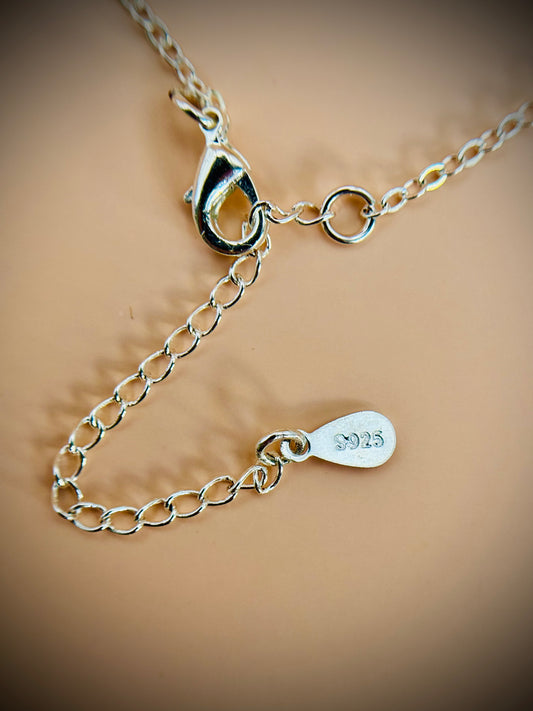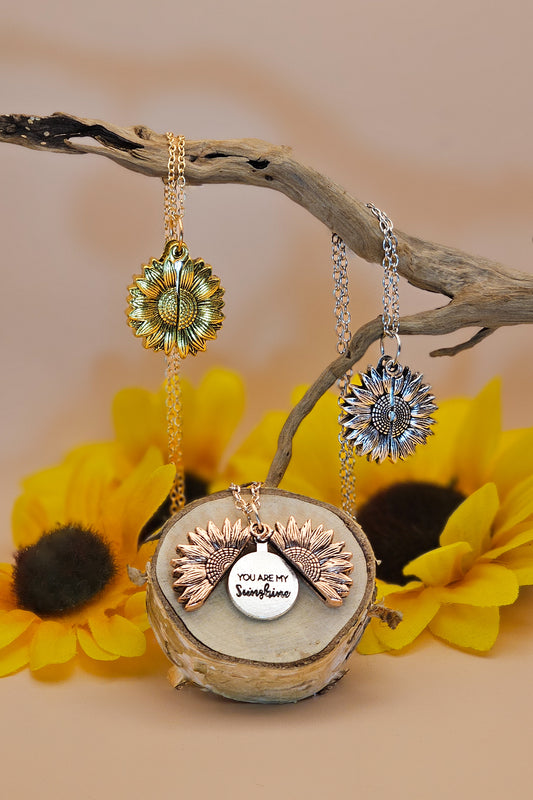Honeybees forage on the nectar of manuka flowers in New Zealand in order to make Manuka honey, which has become very well known around the world in recent years for its potent health attributes. Many herbalists find it an essential item to keep in a natural medicine chest, and some hospitals are working with it.
Manuka nectar and Manuka honey have anti-inflammatory and anti-bacterial enzymes that can fight off bacterial infections. Unique Manuka Factor (UMF) is a scale for measuring the degree of its anti-bacterial properties. A UMF of 10 or higher is considered potent. Methylglyoxal is the active anti-bacterial ingredient in Manuka honey, and because so much of it is produced, hydrogen peroxide production is suppressed. A study revealed methylglyoxal was effective against E. Coli and S. aureus. It is an antioxidant because it has polyphenols. Manuka honey helps release pathogens in the gut and gastro-intestinal tract, like irritable bowel syndrome and ulcerative colitis. It eases pain and has had success with burns and other skin ailments. Manuka oil can be bought globally and is used in cosmetics and health-oriented products.
This 6:16-minute video is a scientific comparison of Manuka and Kanuka Honey:
Kanuka has proven to be excellent for infections of the skin, especially cold sores, eczema and acne. There are proteins present in the cell walls of the plants. It can stimulate the immune system to release cytokines from macrophages cells. The cytokines are proteins that contribute to wound healing and repair. Kanuka can ease inflammation which usually means an infection is present. Kanuka honey also contains hydrogen peroxide, with a potent oxidative power which makes Kanuka anti-microbial. Kanuka can destroy the DNA of any bacteria it encounters. These compounds are present in the kanuka flower and we have the honeybee to thank that they can be found in Kanuka honey.
These 2 videos by Max Goodwin of Red Earth Native Plants in New Zealand show us how Manuka and Kanuka plant seeds are harvested and grown.
Part One: 3:05 minutes
Part Two: 2:38 minutes
Kanuka and Manuka have a certain visual similarity, and both were named ‘tea trees’ by Captain Cook, but on a genetic level these two plants are very different from one another.
Manuka (Leptospermum scoparium), known as kahikatoa to the Maoris, is variable and can grow up to 4 meters or 12 feet tall but is also found as small bushes and creepers. No matter which form they take, they all have sharp leaf tips and white or pink solitary flowers, red stamens and gray-white nut-type capsules that remain on the tree for several years and are 8-10 mm in diameter. Manuka flowers have a sweet aroma and provide important nectar for honeybees and native solitary bees.
Kanuka (Kunzea ericoides), is endemic to New Zealand and is a very different plant, able to grow into a 15 meter or 45-foot tree. The leaf is not sharp-tipped, and the flowers are mostly solitary but can take the form of clusters. The capsules are shed after a year, and at 4-5 mm are smaller in diameter than Manuka capsules.
Some beekeepers, like Hannah and Rory O'Brien who run Hunt And Gather Bee Co. in Raglan, have hives all over the Waikato region. They sell various honeys and beeswax wraps on their website. They are non-migratory beekeepers and sustainability is evident in every aspect of their business from beekeeping to packaging. For example, they focus on regeneration of native plantings for the bees to enjoy, and their hives are made of wax and wood instead of plastic frames. Packaging is simple, just glass jars and paper labels, and they even offer refills. Hannah believes Kanuka honey, which has quite a different flavor profile to Manuka honey, will be the next big, big honey, like the stellar take-off of the world famous Manuka honey.
So, let's all watch for Kanuka honey on the shelves of local grocery stores around the world as it becomes better known outside of New Zealand.








